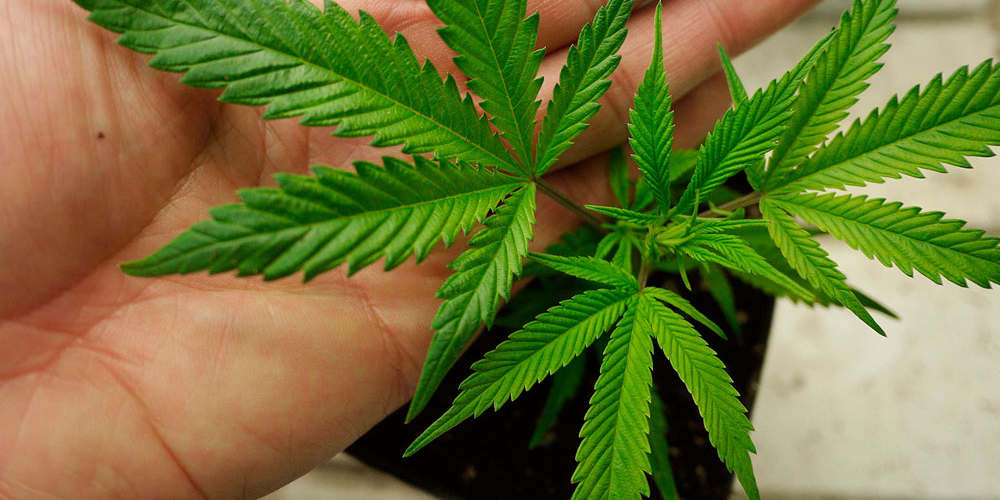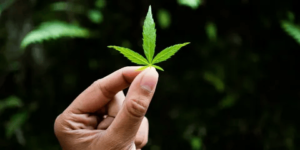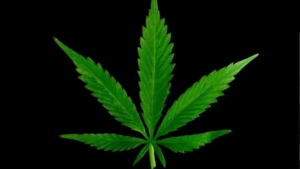
Pot Leaf Symbolism, Culture, and Evolution provide us with an in-depth exploration of one of the world’s most well-known yet contentious symbols: the Pot leaf. Commonly referred to as cannabis leaf, this emblem has an extensive history that spans from ancient civilizations through modern countercultural movements; its symbolism transcends its botanical origins into themes of healing, rebellion, artistic expression, and much more.
Pot Leaf contains an assortment of chemicals, among which is Tetrahydrocannabinol (THC), the compound responsible for giving marijuana its medicinal and recreational properties. Experienced cultivators can easily assess the health of their plants simply by looking at their leaves. If the color changes on your cannabis leaves suddenly, this could indicate either nutritional deficiencies or disease.

Can You Use Pot Leaf?
Cannabis growers have traditionally utilized every part of the marijuana plant and avoided any wasteful practices. This applies especially to fan and sugar leaves which contain lower THC concentrations than flowers; by employing them creatively in your harvest plan you can maximize its return.
Pot Leaf can be enjoy by smoking them in a pipe or bong, although their potency tends to be lower than that of buds themselves. Instead, try making marijuana leaf butter or infusing them into various foods and beverages for a different experience – add them to salads, add them as ingredients in vegetable-based dishes, or cook with other veggies!
If your cannabis plant is showing symptoms of nutrient deficiency, such as yellowed or crispy leaves, you can use its leaves to correct them. Most commonly this problem arises from improper pH levels in water supply systems or lack of nutrients in soil.Creating a tincture is another great way to use marijuana leaves: simply soak your leaves in alcohol for at least four weeks, strain the liquid, and store it in an airtight jar or bottle.
Can Pot Leaf Get You High?
Cannabis leaves serve multiple functions during cultivation and beyond, from protecting buds to converting sunlight into energy to carrying water and nutrients through their roots; should these tubes become blocked with air bubbles, they won’t receive what they require for proper development of the plants.
Pot Leaf can also serve as indicators of environmental pests and nutrient deficiencies. Powdery mildew causes leaves to appear dusty with flour while verticillium wilt can cause the stems and leaves to turn yellow and shrivel up; both conditions are easily identifiable if you know what symptoms to look out for.
Smoking marijuana leaves is one way to get high, though they’ll only provide a minimal effect and buzz. Tea made with these leaves could potentially have psychoactive properties however; decarboxylation needs to take place first before any psychoactive properties can take hold.

Can Pot Leaf Help You Sleep?
Cannabis has long utilized as a medicine. It contains cannabinoids which have proven their medicinal efficacy for various conditions including insomnia and sleep disorders.Studies demonstrate that marijuana use can improve your quality of sleep in several ways, including increasing deep sleep time while decreasing REM sleep duration, which is when dreaming occurs. But long-term usage may have negative consequences: sleep disturbances and dizziness could occur as well as an increase in dreams.
Chronic cannabis use has also been shown to decrease your REM cycle, an important part of memory consolidation and learning. Some users may find using cannabis causes vivid or nightmare-like dreams that disrupt sleep; people living with posttraumatic stress disorder (PTSD) often find that using cannabis decreases or eliminates their nightmares altogether, enabling them to get better rest overall; more research needs to be conducted into its long-term impact on PTSD symptoms and sleep quality.
Can Pot Leaf Help You Lose Weight?
As many know, marijuana use can induce hunger pangs – known as munchies – which often leads to overeating and weight gain. Yet recent studies have revealed that marijuana users tend to have lower body mass indices (BMIs) and rates of obesity than non-users.
THC seems to be at the root of this trend, as its effects appear to lie in calming down cannabinoid receptors that stimulate appetite, rather than stimulating them as other cannabis compounds do. Furthermore, researchers believe marijuana could also be replacing other substances, like alcohol, that cause stress-eating leading to unhealthy snacking habits and lead to unhealthy snacking behaviors.Poor sleep is one of the major contributing factors to obesity; research indicates that cannabis may help alleviate insomnia.
Can Marijuana Leaves Help You Eat Healthy?
Raw marijuana leaves contain numerous essential components to promote overall wellness, including vitamins, minerals, phytocannabinoid acids (THCA and CBDA) and omega fatty acids – components which have been linked with reduced risks of cancer, autoimmune diseases, diabetes and Alzheimer’s.
This unique nutrient profile may reduce cancer risks as well as diabetes or Alzheimer’s.To make cannabis leaf tea, simply combine your preferred herbal or black tea with several tablespoons of finely chopped Pot Leaf; adding honey or sugar may further sweeten its flavor if necessary.While this does require some preliminary work and dedication on your part, the process itself should be straightforward: simply combine butter with marijuana leaves over low heat until all cannabinoids have dissolved into it – creating delicious yet potency cannabis edibles!
